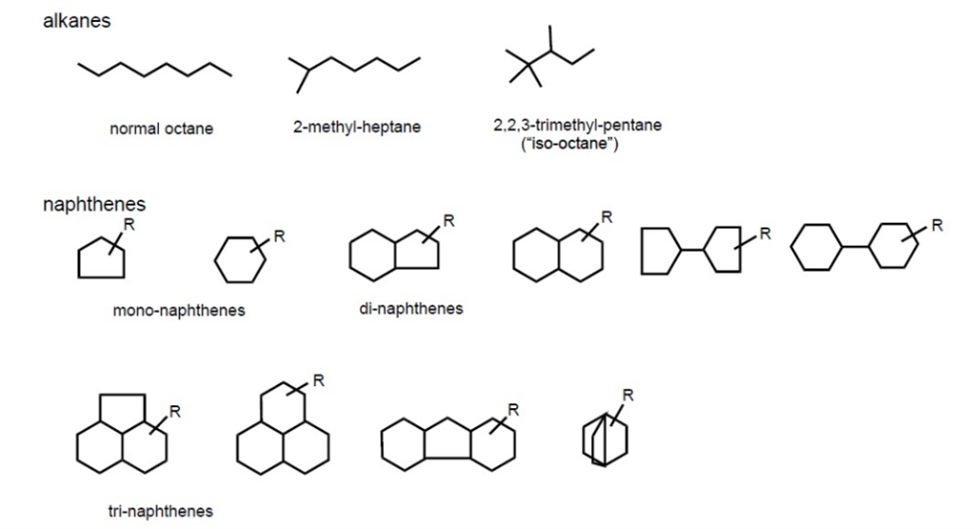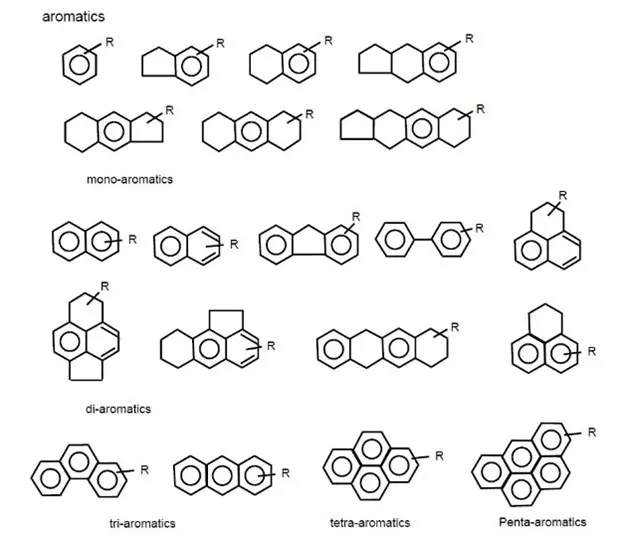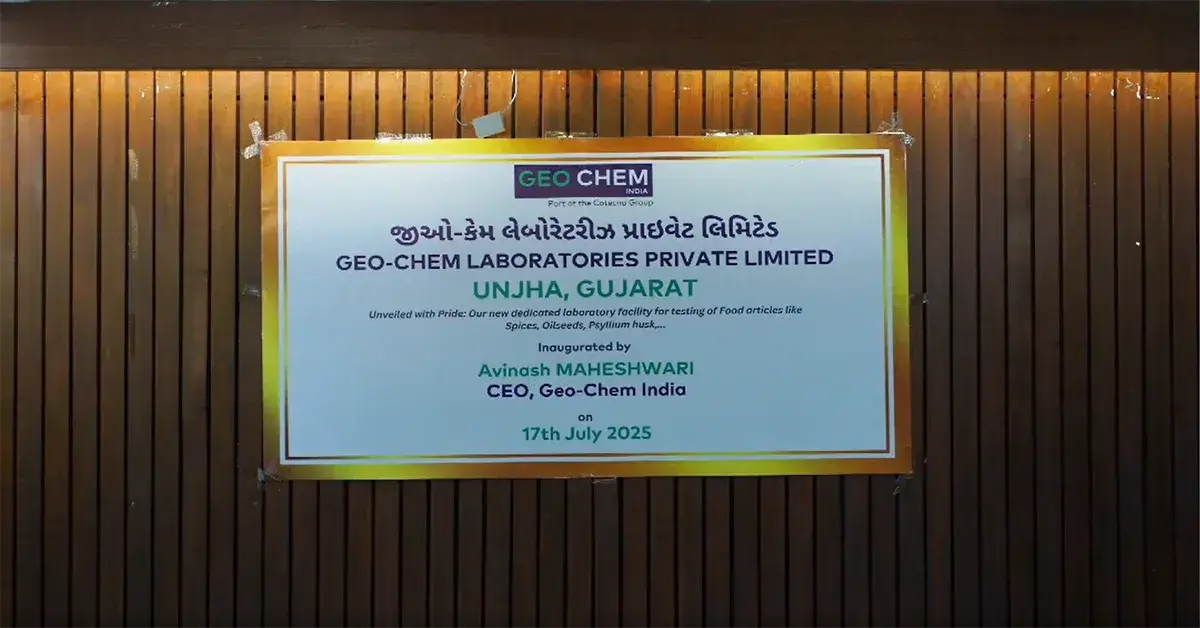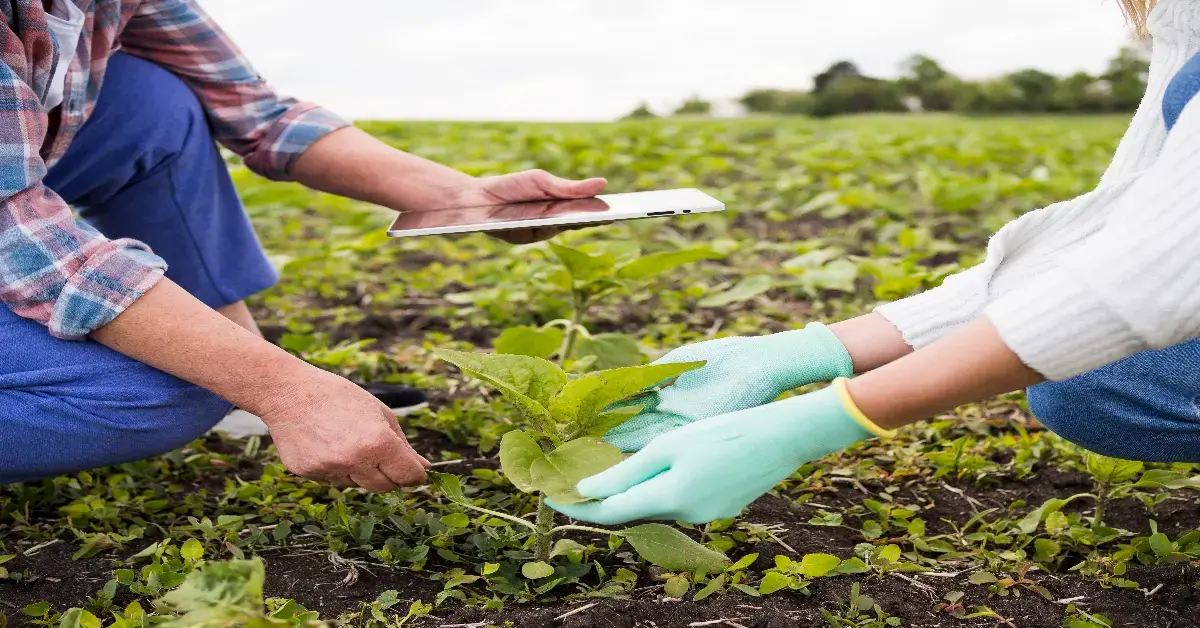Detecting Mineral Oil Hydrocarbons (MOH) for Food Safety

Mineral Oil Hydrocarbons (MOH) refers to a large group of hydrocarbon mixtures containing thousands of chemical compounds of different structures and size. MOH are derived mainly from crude oil but are also produced synthetically from coal, natural gas and biomass.
MOH contamination can occur at any stage during food production (raw materials, storage and transportation, production and packaging materials). Major sources of contamination include adhesives, printer inks and packaging materials, especially those from recycled materials. Contamination can also occur during transportation and storage.
Additionally, machines and hydrolytic oils used in food processing and packaging contribute to contamination exposure. Furthermore, jute or sisal bags are treated with batching oil and pose contamination risks.
MOSH and MOAH Definitions
MOSH and MOAH, more specifically, are acronyms for a complex mixture of chemical compounds.
- MOSH include open chain and commonly branched hydrocarbons (e.g. alkanes) and napthene-like cyclic hydrocarbons (cycloalkanes).

- MOAH are highly alkylated mono- and/or poly-aromatic rings.

EU Legislative framework and Proposed MOH Limits
The following guidelines and limits have been published for the regulation of MOH limits in food products.
- EU Commission's Joint Research Centre (JRC)
In February 2019, the EU Commission's Joint Research Centre (JRC) published a "Guidance on sampling, analysis and data reporting for the monitoring of mineral oil hydrocarbons (MOH) in food and food contact materials". The second edition of the guideline was published in 2023. - EU Standing Committee on Plants, Animals, Food and Feed (SCoPAFF)
In April 2022 the EU Standing Committee on Plants, Animals, Food and Feed (SCoPAFF) published a proposal for a harmonised EU approach for handling findings of aromatic mineral oil hydrocarbons (MOAH) in food. Subsequently, an updated version was published in October 2022 giving the following clarifications:
- The scope applies only to all food and the limits will be applied to the products ‘as sold’, regardless of the source of MOAH.
- The Member States also agreed to further specify the fat content of the products to which the limits of 1 and 2 mg/kg are applicable. For the limit of 0.5 mg/kg, no further specifications were needed:
- 0.5 mg/kg for dry foods with a low fat/oil content (≤ 4% fat/oil)
- 1 mg/kg for foods with a higher fat/oil content (> 4% fat/oil, ≤ 50% fat/oil)
- 2 mg/kg for fats/ oils or foods with > 50% fat/oil
Health Risks of MOSH and MOAH
In September 2023, the European Food Safety Authority (EFSA) evaluated the risk of exposure to MOH through food as follows:
- For MOSH: The human health effects from the exposure to MOSH was decreased compared to the 2012 EFSA opinion. Considering a margin of exposure approach, the panel concluded that the present dietary exposure to MOSH does not raise concern for human health for all age classes.
- For MOAH: The main concern is that MOAH can be mutagenic and carcinogenic, mostly considering MOAH with a structure with three or more rings. EFSA determined MOAH to be a potential concern for human health based on two scenarios. The first is when MOAH has three or more rings are present in the diet and the second is due to the lack of toxicological information on effects of 1 and 2 ring MOAH.
This opinion forms the basis for the planned introduction of maximum levels for MOAH and introduces the necessity to have more information on MOAH composition.
Quantitative Analysis of MOSH and MOAH in Food
Neotron laboratory and Nofalab, both part of the Cotecna Group, perform the quantitative determination of MOH by online LC-GC-FID. Our experience allows us to analyse several food matrices and packaging. Our experts extract the sample, added with Internal Standards (IS), along with n-hexane and, depending on the matrix, different pre-treatments and purification steps can be applied before the instrumental analysis.
For fatty foods or vegetable oils and fats, a hot saponification before the extraction and an epoxidation after the extraction are applied to minimize the possible interferences resulting from naturally occurring components like olefins and terpenes. For the same reason, additional clean-up with activated silica and aluminium oxide are applied.
The MOSH and MOAH fractions are reported as prescribed by the JRC Guidance with different limits of quantification on basis of the matrix:
Cereals: LQ = 0.5 mg/kg
Oil and fat: LQ = 1 – 2 mg/kg
Other food: LQ = 0.5 - 1 mg/kg
Paper & cardboard: LQ = 5.0 mg/kg
Determination of MOSH Analogues
MOSH results in LC-GC-FID analysis may include several compounds called MOSH analogues. However, MOSH analogues cannot be separated using the LC-GC-FID analytical technique.
Examples of MOSH Analogues:
- POSH (polyolefin oligomeric saturated hydrocarbons) are oligomers of polyolephynes.
- PAO (Polyalphaolefins) are components in synthetic lubricants and hot melt adhesives.
- MORE (Mineral Oil Refined Products) such us paraffin-like waxes.
Since FID is not a selective detector, as reported in last EFSA Opinion of 2023 and in the JRC guidance, additional techniques must be applied for further verification in cases of suspected interferences and to identify the source of contamination.
GCxGC is one of the most effective ways to distinguish different MOH subclasses. Neotron developed an application for two-dimensional separation coupled with TOF mass spectrometry (GCxGC-TOFMS) as a confirmatory technique for MOSH and MOAH qualitative characterization to identify typical markers (e.g. DIPNs, hopanes, steranes) and avoid false positive results. The GCxGC-TOFMS method is also utilized by Nofalab.
Neotron and NofaLab Capabilities in MOH Detection
Neotron has over 12 years of experience performing the quantitative determination of MOH by online LC-GC-FID and also uses HPLC-GC-FID (high performance liquid chromatography-gas chromatography-flame ionization detection) analysis for MOSH and MOAH determination in line with the recently published ISO 20122:2024 while NofaLab is performing Mosh analysis since 2009 (Ukraine crisis adding mineral oils to sunflower oil, same time when Nofa started a lab in Ukraine).
Neotron and Nofalab have also collaborated with European working groups to optimize methods for the analysis of MOH in different applications:
- JRC’s project for MOAH analysis in infant formula and MOH analysis in vegetables oils.
- Project for the revision of EN 16995- 2017 standard (MOH in vegetable oil), organized by ITERG and Max Rubner-Institute, that led to the publication of ISO standard 20122-2024.
Finally, both labs participate annually in proficiency tests related to MOH analysis organized by various organisations or institutions, e.g. DRRR (German Reference Office for Proficiency testing & Reference materials), DGF (German Society for Fat Science), IOC (International Olive Council) and JRC.
To learn more about MOSH and MOAH defection for food safety or to request for a free quote, please contact us.
Latest News

24.07.2025
Geo-Chem Launches New Food Testing Lab in Unjha, Gujarat, India
Geo-Chem India expanded its scope of work in Gujarat with the launch of a new food testing laboratory.

08.04.2025
Innovation and Precision: How Complex Diagnostics Are Transforming Plant Health in the Field
Harnessing Technology for Smarter, More Sustainable Crop Protection.

